In the world of fitness and athletic performance, recovery is often the unsung hero. While we obsess over workouts, sets, and reps, it's during the downtime that our bodies truly transform. At the heart of this recovery process lies glycogen—a stored form of carbohydrate that powers muscle repair and growth. Without adequate glycogen stores, your muscles can't fully rebound from intense exercise, leading to stalled progress, fatigue, and even injury risk. This blog dives deep into why glycogen matters, drawing on recent insights and clinical studies that underscore the need for timely replenishment. We'll also explore innovative approaches, such as those used by Xendurance in their supplements, to optimize energy without depleting these vital reserves.
Understanding Glycogen: The Body's Energy Reserve
Glycogen is essentially glucose molecules chained together, stored primarily in your muscles and liver. In muscles, it acts as a quick-access fuel tank for high-intensity activities. During exercise, especially resistance training or endurance sports, your body breaks down glycogen through glycolysis to produce ATP—the energy currency of cells. This process is anaerobic, meaning it doesn't require oxygen, allowing for explosive efforts like lifting heavy weights or sprinting.
But glycogen's role extends beyond mere energy provision. Post-workout, when muscles are damaged from micro-tears, glycogen supports the repair process. It fuels the influx of immune cells to clear debris and aids in protein synthesis, the building block of muscle growth. Low glycogen levels can impair these mechanisms, leading to prolonged soreness and reduced hypertrophy. For instance, studies show that glycogen depletion hinders muscle protein synthesis, as the energy needed for repairing myofibrils is compromised. In essence, glycogen isn't just fuel; it's a facilitator of adaptation, turning your hard work into tangible gains.
Glycogen's Direct Impact on Muscle Repair and Growth
When you push your limits in the gym, muscle fibers sustain damage, triggering a cascade of repair events. Satellite cells activate, fusing to damaged fibers to increase size and strength—a process known as hypertrophy. However, this requires energy. Glycogen provides this by maintaining ATP levels for cellular processes like mRNA translation and actin-myosin cross-bridging.
Research highlights how glycogen influences insulin sensitivity and anabolic signaling. High glycogen stores enhance insulin's role in shuttling amino acids into cells, boosting mTOR pathways crucial for growth. Conversely, depleted stores shift the body toward catabolism, breaking down muscle for energy.
A key study found that athletes with restored glycogen levels post-exercise experienced faster muscle repair and greater strength gains over time. This underscores glycogen's pivotal role: it's not optional for growth; it's essential.
Recent Studies on the Timing of Glycogen Replenishment
Research highlights how carbohydrate feeding after strenuous exercise can restore glycogen levels, with liver glycogen potentially rebounding within about 6 hours under optimal conditions, while muscle glycogen often requires closer to 24 hours for full recovery, depending on intake amounts and timing. A key review (PMID: 29473893) emphasizes that immediate post-exercise carbohydrate ingestion improves muscle glycogen restoration rates, while delays can hinder the process, recommending intakes of at least 1.2 g/kg body mass per hour during the 2-6 hour recovery window to maximize resynthesis. This study underscores that co-ingestion of protein may further enhance recovery when carbohydrate amounts are suboptimal, focusing on muscle glycogen's role in restoring functional capacity for subsequent exercise.
These findings align with practical takeaways from other research: timing is crucial for effective replenishment. For instance, a 2024 study found that a 3-hour delay in carbohydrate intake post high-intensity interval exercise (HIIE) reduced next-day exercise capacity—participants completed fewer intervals (about 5 ± 3)—and increased ratings of perceived exertion by around 2 points, despite no significant differences in muscle glycogen levels or molecular responses. This suggests that even short delays can impair performance and subjective effort the following day, highlighting the importance of prompt refueling within the "anabolic window" to support muscle repair and reduce downtime.
Another 2025 review notes that postponing carbs by 2 hours can lower muscle glycogen concentrations at 4 hours post-exercise, potentially compromising overall recovery and adaptation. Collectively, these studies remind us that optimizing glycogen isn't just about quantity but the speed of replenishment, as neglecting timely intake can sabotage training progress and muscle growth.
George Brooks and His Pioneering Clinical Research
Shifting gears to a foundational figure in metabolic science, George Brooks, a professor emeritus at UC Berkeley, revolutionized our understanding of lactate through his "lactate shuttle theory." Introduced in the 1980s and refined over decades, this theory posits that lactate—once viewed as a fatigue-causing waste product—is actually a vital energy substrate shuttled between cells, tissues, and organs.
Brooks' clinical research, including studies on exercise physiology, showed that during intense activity, lactate produced in fast-twitch muscle fibers is transported to slow-twitch fibers, the heart, brain, and liver for oxidation or gluconeogenesis. This shuttle mechanism spares glycogen by providing an alternative fuel source, allowing muscles to sustain effort longer without fully depleting stores.
In a 2018 review, Brooks detailed how lactate acts as a signaling molecule, regulating inflammation and promoting recovery. His work has clinical applications, from treating acidosis to enhancing athletic performance, proving lactate's role in efficient energy metabolism.
Brooks' findings challenge old paradigms, showing that lactate accumulation isn't the villain but a hero in energy dynamics. This ties directly to muscle repair: by using lactate, the body preserves glycogen for anabolic processes, accelerating growth post-exercise.
Clinical Evidence: Why Replenishing Glycogen Speeds Recovery
Beyond Brooks' contributions, numerous clinical studies affirm the need for glycogen replenishment to hasten exercise recovery. A landmark investigation demonstrated that consuming carbohydrates with protein post-exercise enhances muscle glycogen resynthesis more effectively than carbs alone, leading to faster repair and reduced muscle damage markers. Participants who ingested a CHO-Pro supplement saw glycogen levels rebound quickly, correlating with improved performance in subsequent sessions.
Another study explored timing: carbs taken within 30 minutes of exercise significantly boosted glycogen recovery rates, cutting recovery time and inflammation. Meta-analyses support this, showing that combined CHO intake accelerates resynthesis during short-term recovery, vital for athletes with multiple daily sessions.
High-glycemic index foods post-workout further optimize this, as they spike insulin to drive glucose into muscles. Even unconventional aids like coffee have been shown to increase glycogen recovery in endurance athletes.
A 2002 trial confirmed that maximizing carb intake (1.2 g/kg/h) post-exercise restores glycogen within 3-6 hours, minimizing fatigue. These findings collectively prove that proactive replenishment isn't just beneficial—it's critical for faster, more effective muscle repair and growth.
Xendurance's Innovative Use of Lactate in Powder Formulas
Building on George Brooks' lactate shuttle research, companies like Xendurance have incorporated lactate into their supplement formulas to enhance energy without taxing glycogen stores. Xendurance's products, such as their Fuel-5 powdered supplement as well as their Protein, include lactate (often as calcium lactate) to act as a preferential fuel source during exercise.
According to Brooks' theory, lactate can be oxidized directly by mitochondria, bypassing glycogen breakdown and sparing those reserves for later use or recovery. This "lactate-first" approach means athletes can maintain higher energy levels longer, as the body taps into lactate before dipping into muscle glycogen. Xendurance leverages this by formulating powders that buffer acidity and provide lactate as an energy substrate, reducing fatigue and supporting prolonged performance.
In practice, users report delayed onset of muscle soreness and quicker recovery, aligning with Brooks' findings that lactate shuttling improves metabolic efficiency.
By prioritizing lactate, these formulas help preserve glycogen for muscle repair post-workout, enhancing growth without the crash associated with carb-heavy reliance. This innovation exemplifies how cutting-edge research translates to real-world gains.
Practical Tips for Optimizing Glycogen Stores
To harness glycogen's power, focus on nutrition and timing. Aim for 1-1.2 g/kg of carbs hourly post-exercise, paired with protein for synergy. Include sources like bananas, oats, or sports supplements. For those incorporating lactate supplements like Xendurance's, use them pre- or intra-workout to spare glycogen. Monitor your training: overreaching can impair replenishment, so periodize with rest days. Hydration is key, as glycogen binds water—dehydration exacerbates depletion.
Conclusion: Fuel Your Gains with Smart Glycogen Management
Glycogen stores are the cornerstone of muscle repair and growth, influencing everything from energy availability to anabolic signaling. Insights emphasize timely carb intake, while George Brooks' lactate shuttle theory opens doors to glycogen-sparing strategies. Clinical studies reinforce that replenishment accelerates recovery, and innovations like Xendurance's lactate formulas put this science into action. By prioritizing glycogen, you don't just recover—you thrive. Whether you're a weekend warrior or elite athlete, mastering this metabolic key unlocks your full potential. Remember, it's not just about training harder; it's about recovering smarter.


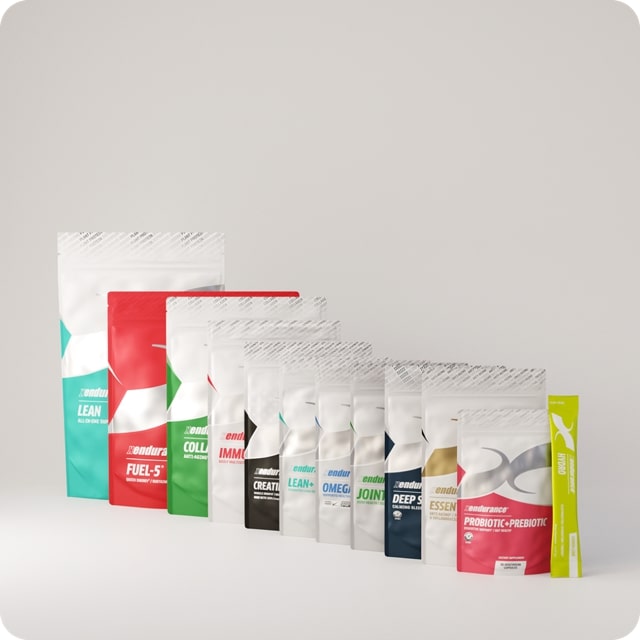
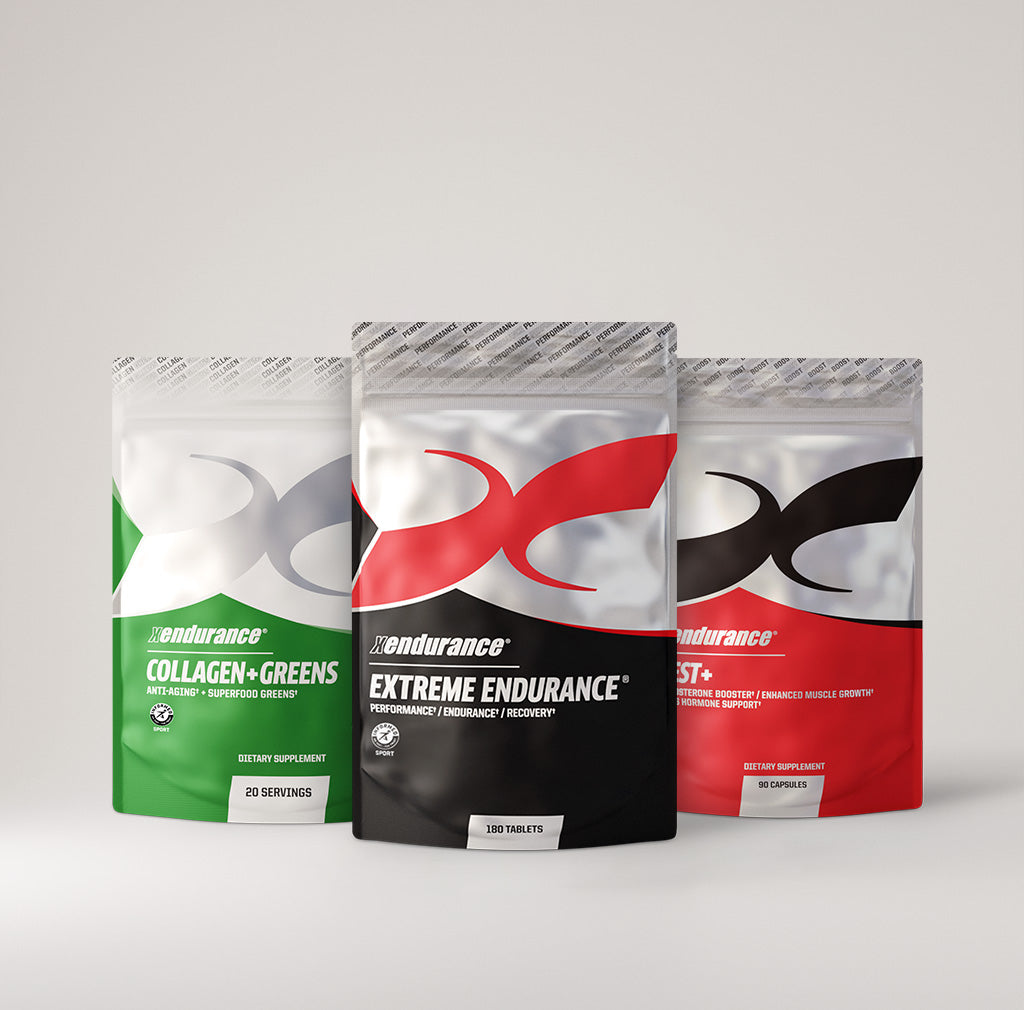
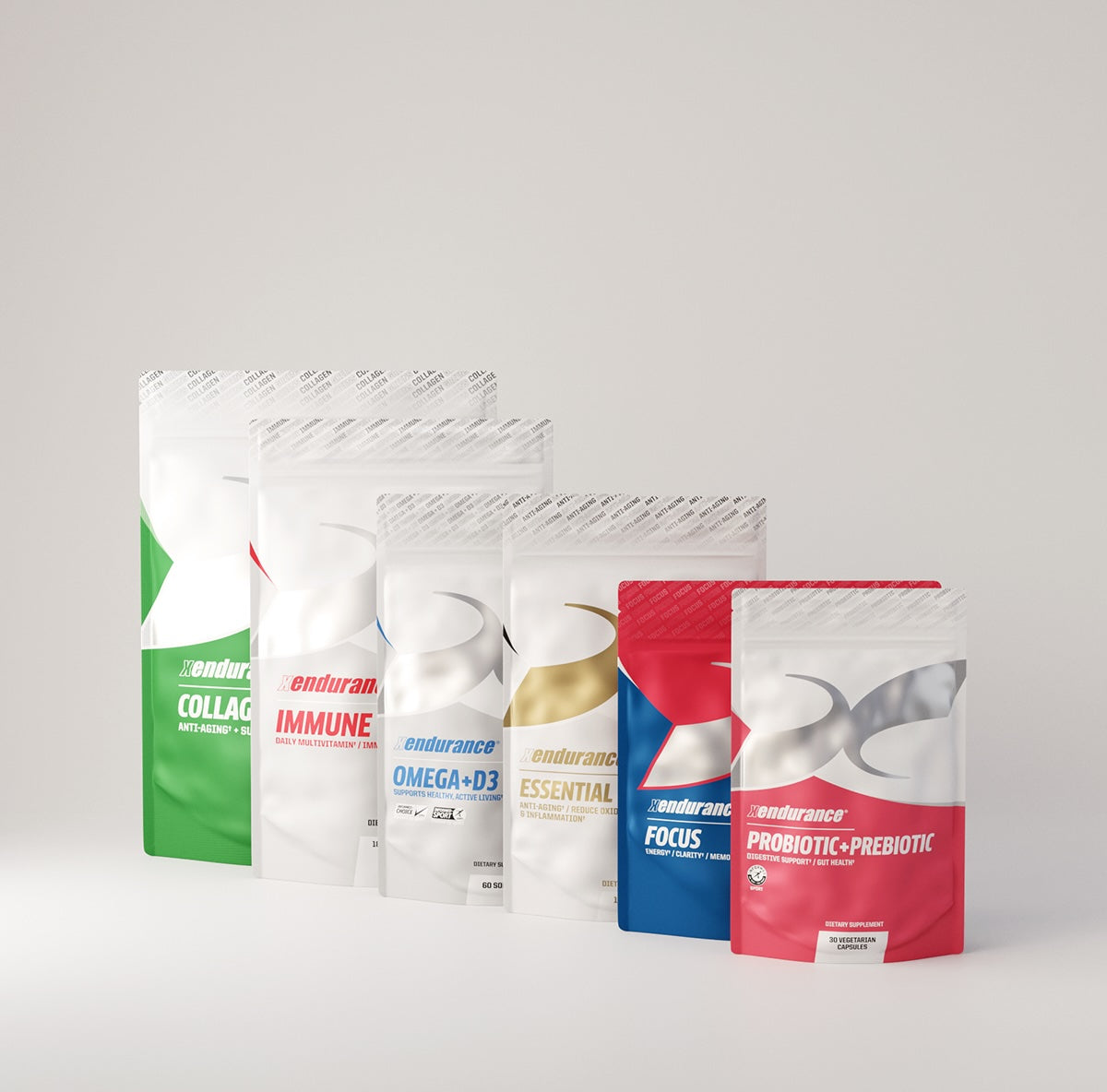
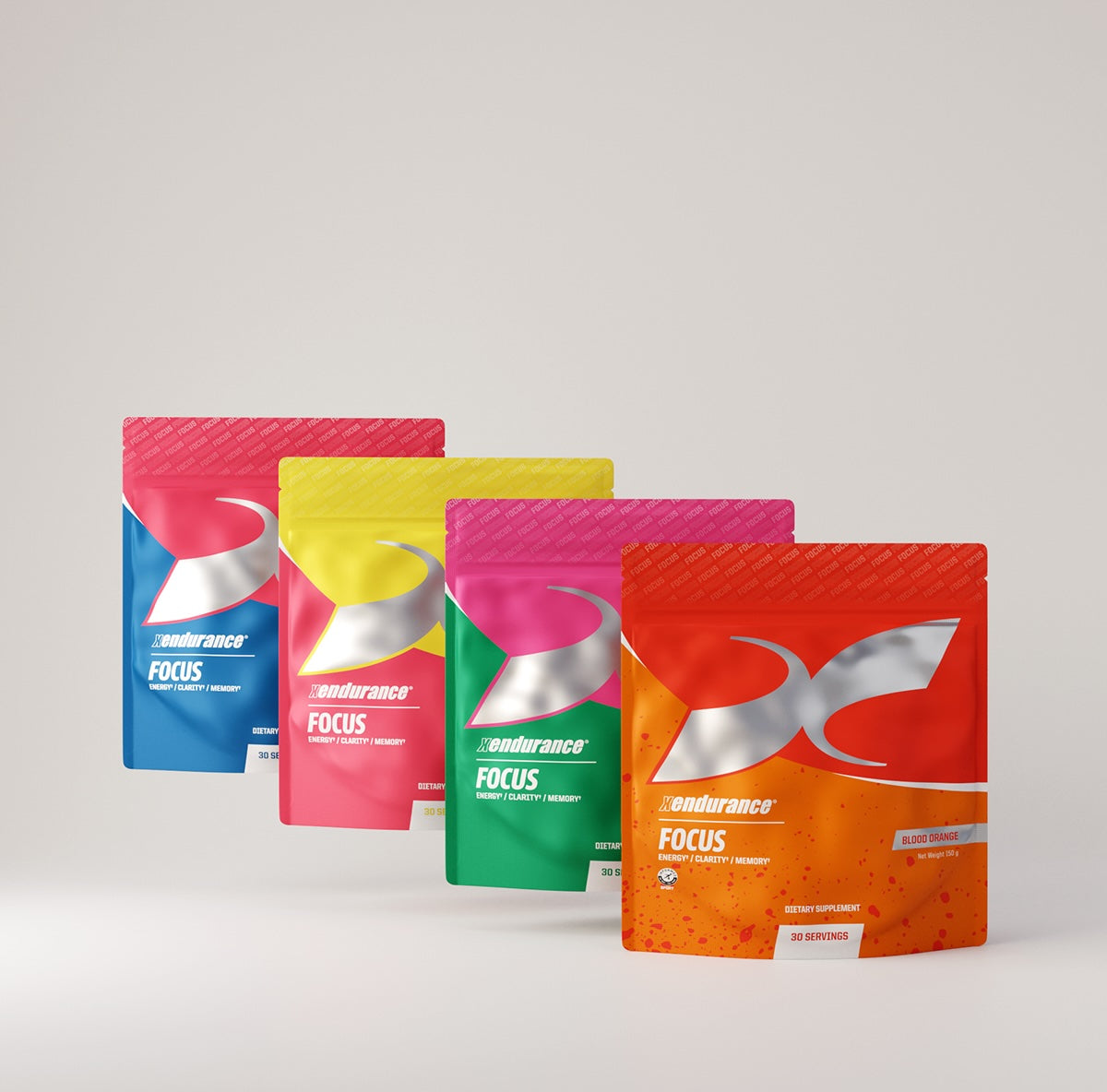

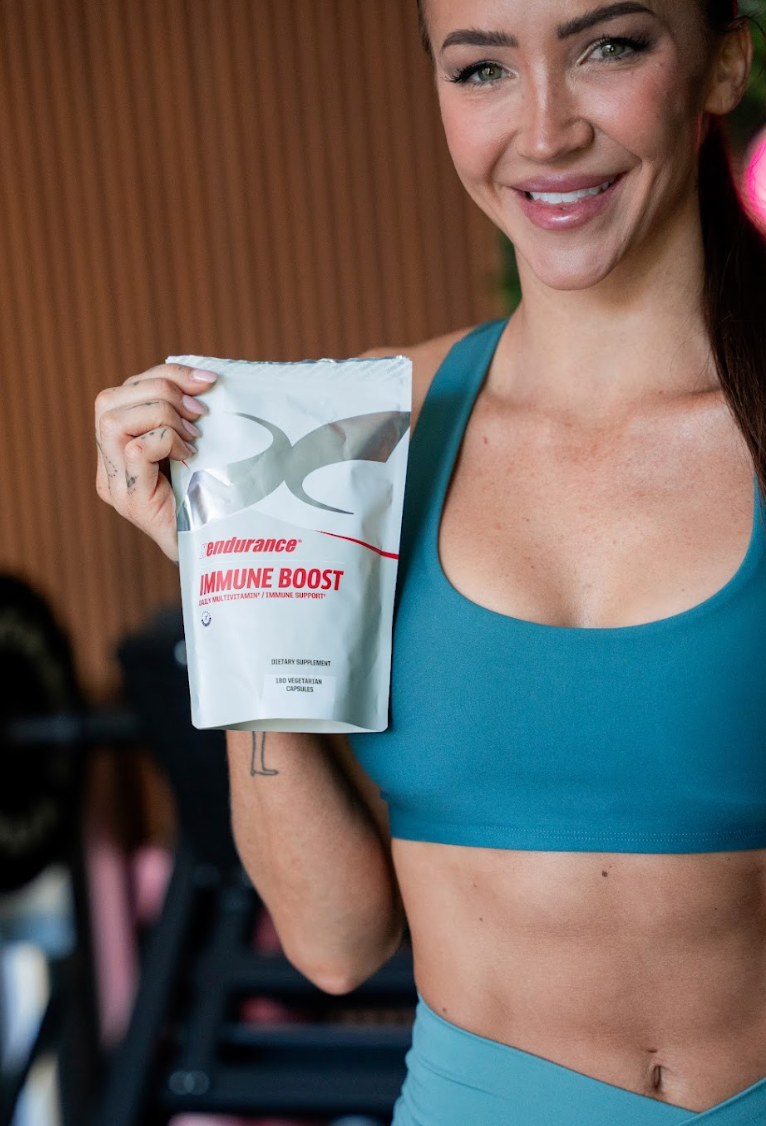

Leave a comment
This site is protected by hCaptcha and the hCaptcha Privacy Policy and Terms of Service apply.